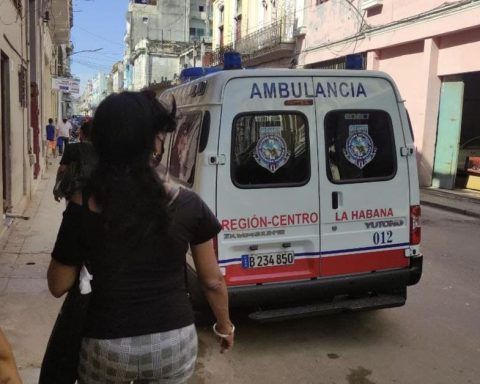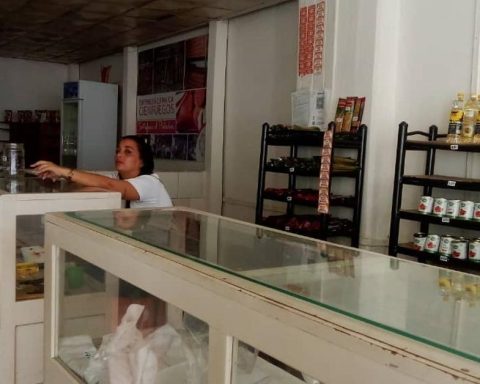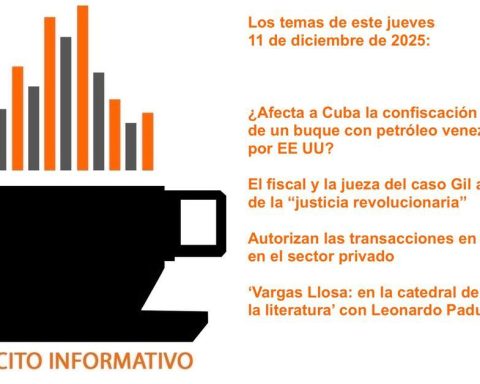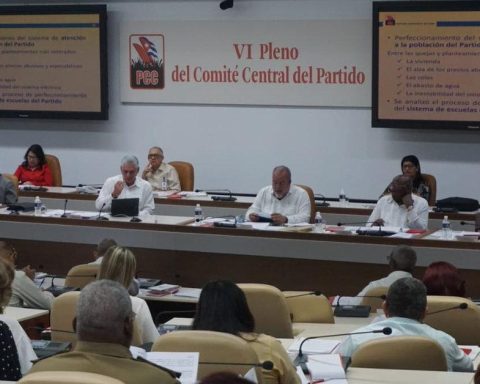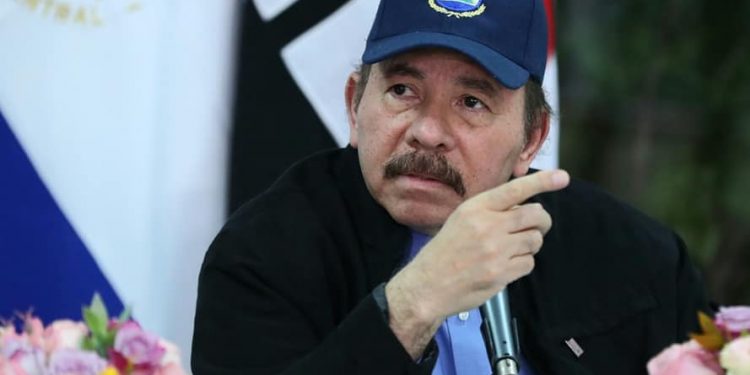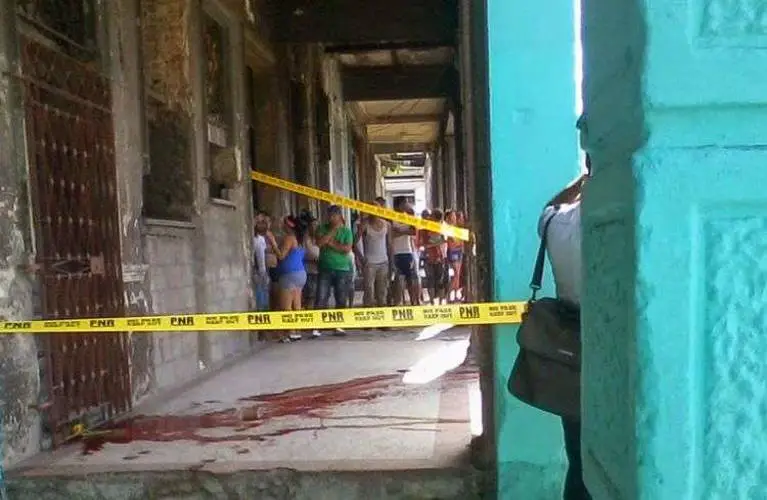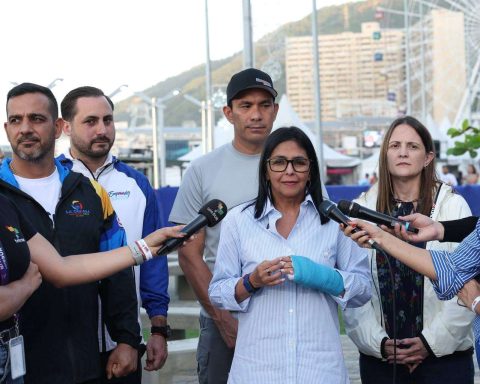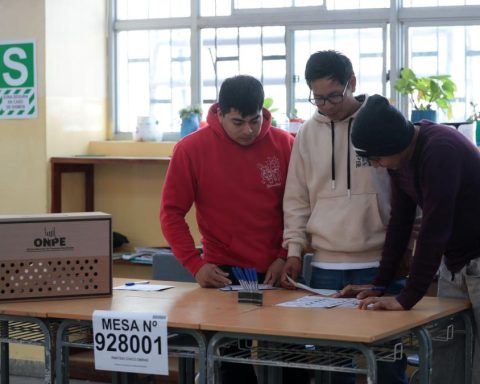Albert Fleitas Expósito, 25, and Yordanis Pupo Escalona, 32, are the young people who died when they were run over by the train On Monday in the morning in the town of Los Quintos, in the municipality of Urbano Noris, in Holguin.
This Wednesday confirmed their identities the official press, which at first had not ruled on the event. Both were residents of San Germán, head of Urbano Noris.
According to a brief note in Cubadebate, the victims were identified the day after the attack, “through the work of legal medicine experts and the help of relatives.”
“They knew what they were going to do, they gave the coachman a drink of coffee and told him: ‘Give yourself a drink, you won’t see us anymore, we’re going to throw ourselves in front of the train'”
The authorities, however, do not clarify the circumstances of the outrage, which relatives of the young people have assured that they were wanted. Specifically, the Facebook user David Magic Cubawho claims to be a friend of the victims, explained that Fleitas and Pupo “had found out the schedules in which the trains passed” in advance and that when they left work, around 5:30, they rented a car to take them “to the bridge where the railway line is”.
With a source in the driver himself, DavidMagic refers: “They knew what they were going to do, they gave the coachman a drink of coffee and told him: ‘Give yourself a drink, you won’t see us anymore, we’re going to throw ourselves in front of the train ‘”. The driver, he says, “did not believe them and left.”
“When they were lying on the track, a milkman passed by and told them to get out of there, that the train was going to pass, but they had already made up their minds,” his story continues. “While the train was close, one of them raised his head, according to the driver, he saw that the train was approaching and they embraced to end their lives.”
This friend of both accompanied his testimony with images of the joint funeral. And he explains: “We decided to bury them together since they made that sad decision together. Only God knows the problems and the why of things.”
The data published by the National Office of Statistics and Information (Onei) indicated a rise in the number of suicides in Cuba in 2021, the last recorded year, although the Government does not call them that, but deaths from “intentionally self-inflicted injuries.” The rate per 100,000 inhabitants went from 14 in 2017 to 16 four years later.
Although the island has the highest suicide rate on the continent, according to figures from the world Bank and other institutions, such as the Pan American Health Organizationthe official media rarely deal with the issue.
________________________
Collaborate with our work:
The team of 14ymedio He is committed to doing serious journalism that reflects the reality of deep Cuba. Thank you for accompanying us on this long road. We invite you to continue supporting us, but this time becoming a member of our newspaper. Together we can continue transforming journalism in Cuba.


